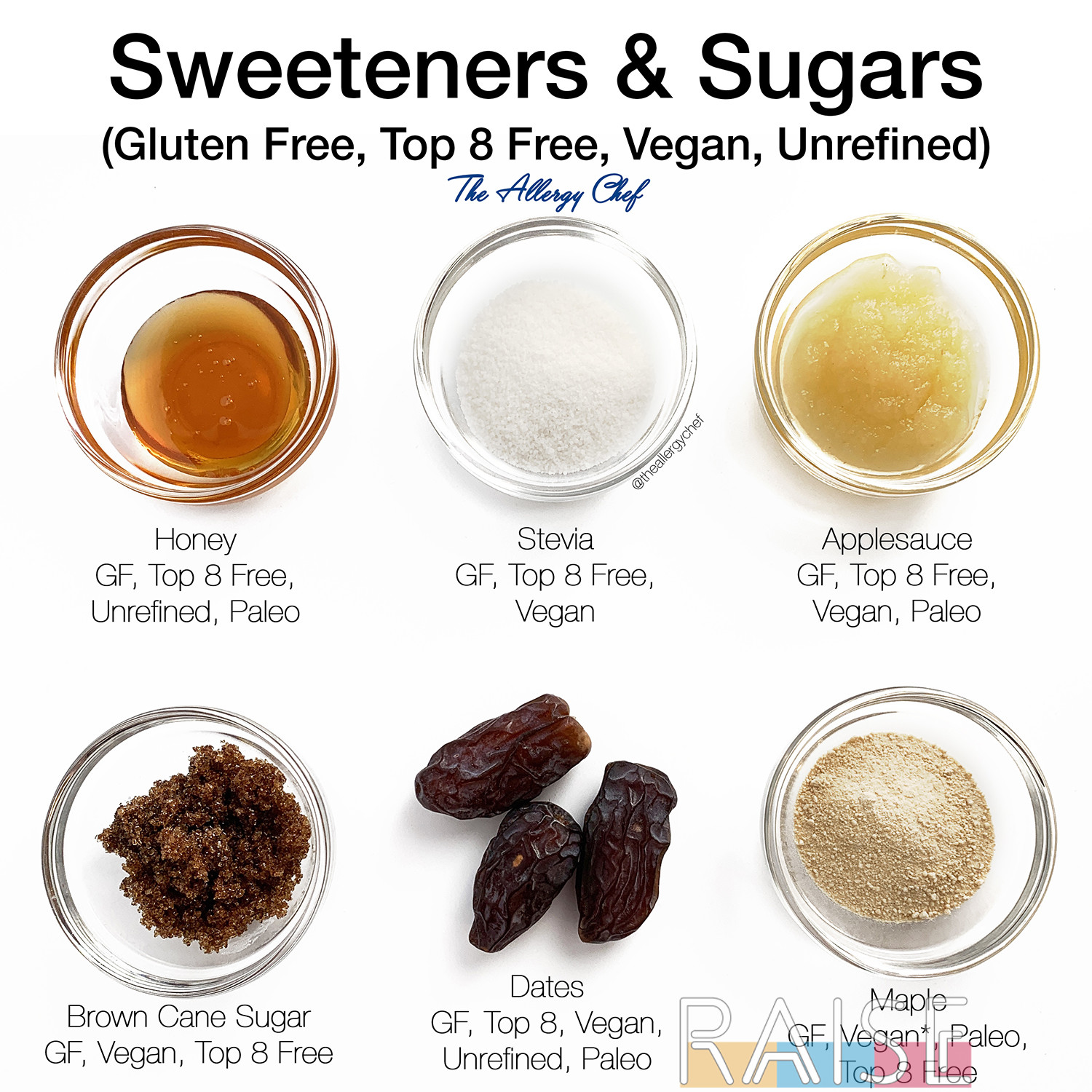Beet Sugar vs. Cane Sugar: Secret Distinctions You Ought To Know
The difference between beet sugar and cane sugar expands past their similar chemical make-ups; it includes their beginnings, manufacturing techniques, and possible wellness implications. While both types of sugar work as usual sugar, their different histories-- beet sugar emerging in 19th century Europe and cane sugar mapping back to ancient Southeast Asia-- set the phase for a much deeper exploration of their manufacturing processes and nutritional accounts. Understanding these differences might affect customer selections in a market increasingly focused on health and wellness and sustainability. What subtleties might further inform your decisions on these sweeteners?
Beginnings of Beet Sugar
Although beet sugar has actually come to be a significant player in the global sugar market, its origins can be mapped back to the very early 19th century when European researchers started discovering different resources of sugar. The turning point happened in 1801 when German chemist Andreas Marggraf determined sugar in the white beet, a discovery that laid the groundwork for subsequent research and commercial applications.
The procedure of refining beet sugar was more progressed by his trainee, Franz Karl Achard, who established the very first beet sugar factory in Prussia in 1806. This innovation coincided with the Napoleonic Battles, throughout which trade interruptions led to a heightened need for residential sugar manufacturing in Europe. beet sugar vs cane sugar. Consequently, beet sugar acquired traction, specifically in countries like France and Germany

Beginnings of Cane Sugar
Cane sugar, originated from the sugarcane plant, has a rich background that goes back thousands of years, largely in tropical regions where the plant flourishes. The earliest proof of sugarcane growing can be mapped to New Guinea and Southeast Asia around 8,000 BCE. From these origins, understanding of sugarcane infect India, where it was first processed right into taken shape sugar by the 5th century CE.
As trade paths created, sugarcane reached Persia, the Mediterranean, and at some point Europe, where it was originally considered a luxury item. The growth of sugar manufacturing took place throughout the Islamic Golden Era, which assisted in the transfer of farming techniques and developments. By the 15th century, the need for sugar rose, motivating European nations to establish plantations in the Caribbean and South America.
This shift not just changed the farming landscape of these regions yet likewise had significant socio-economic effects, consisting of the reliance on enslaved labor. Cane sugar, once an uncommon asset, came to be a staple in diets worldwide, laying the structure for the global sugar industry we identify today. Understanding its origins is essential for appreciating cane sugar's effect on cooking traditions and economies.
Production Processes
The manufacturing for both beet sugar and cane sugar entail several essential steps that transform basic materials right into the crystalline sugar commonly used today. For beet sugar, the procedure starts with gathering sugar beetss, which are after that cleaned and cut into thin cossettes. These cossettes undergo warm water removal, permitting the sugar to liquify. The resulting juice undertakes filtration, normally including lime and carbon dioxide treatment to get rid of impurities. The cleared up juice is then focused with evaporation, and crystallization takes place as the syrup cools down. The sugar crystals are divided from the molasses and dried.
On the other hand, cane sugar manufacturing starts with the harvesting of sugarcane, which is squashed to extract the juice. This juice is additionally cleansed utilizing lime and visit this site right here warmth. Adhering to purification, the juice is vaporized to form a syrup, which is after that crystallized. The sugar crystals are centrifuged to divide them from the continuing to be syrup, called molasses, and ultimately dried. While both share resemblances, the resource material and particular methods result in unique features for beet and cane sugars, affecting the preferences of suppliers and consumers alike.
Nutritional Comparison
When contrasting the dietary accounts of beet sugar and cane sugar, it is necessary to recognize that both sweeteners are mostly made up of sucrose, leading to similar energy material and calorie worths (beet sugar vs cane sugar). Both kinds of sugar typically contain concerning 4 calories per gram, making them equivalent in terms of energy provision
In addition to sucrose, both beet and cane sugars have trace quantities of minerals and vitamins; however, these quantities are negligible and do not substantially contribute to daily dietary needs. As an example, both might include minute levels of magnesium, potassium, and calcium, but these are not present in sufficient total up to use any substantial health and wellness advantages.
Moreover, the absence of fiber in both kinds of sugar underscores their role as pure sugar as opposed to resources of nutrition. beet sugar vs cane sugar. While they might supply a quick source of power, their lack of vital nutrients highlights the importance of small amounts in usage
Ultimately, from a simply dietary viewpoint, beet sugar and cane sugar are basically tantamount, making the selection between the 2 mainly depending on elements such as taste choice, accessibility, and environmental factors to consider.
Health And Wellness Effects
While beet sugar and cane sugar share comparable nutritional accounts, their health effects warrant factor to consider beyond plain composition. Both sugars are largely composed of sucrose, which can bring about similar metabolic effects; too much consumption can add to weight problems, diabetes mellitus, and heart diseases. Nonetheless, the resource and production of these sugars might influence their total health influence.
Beet sugar is frequently generated using debatable chemicals, such as phosphoric acid, which may leave trace residues. On the other hand, cane sugar undertakes a much more typical refining process, which has a tendency to be much less chemical-intensive. The presence of these residues in beet sugar might raise issues for delicate populaces or those seeking to reduce chemical direct exposure.

Furthermore, the growing methods of sugar beetss and sugar cane might vary, with the previous frequently involving even more extensive farming techniques that can influence dirt wellness and biodiversity. This farming context may influence the broader health and wellness ramifications of sugar usage on a populace level.
Eventually, while both beet and cane sugars serve similar roles in the diet, consumers ought to consider the nuances of production and sourcing when making informed choices concerning their sugar consumption.
Verdict

While both kinds of sugar offer as typical sweeteners, their different histories-- beet sugar arising in 19th century Europe and cane sugar mapping back to old Southeast Asia-- set the stage for a much deeper expedition of view it their production processes and dietary accounts.The procedure of refining beet sugar was additional progressed by his pupil, Franz Karl Achard, go to my site who established the very first beet sugar factory in Prussia in 1806.The production for both beet sugar and cane sugar entail several crucial actions that change raw materials into the crystalline sweeteners commonly used today. For beet sugar, the process starts with collecting sugar beetss, which are after that cleaned and sliced into thin cossettes. The extraction processes additionally differentiate the 2, with beet sugar making use of warm water extraction and cane sugar involving crushing.